Artificial Grass vs Lawn for Your Home
Understanding the Appeal of a Traditional Lawn
For generations, a neatly trimmed green lawn has been the centrepiece of the British garden. It brings a soft, natural look to outdoor spaces and is often associated with a sense of pride and curb appeal. Many homeowners love the ritual of mowing, feeding, and nurturing a real lawn, seeing it as part of the joy of homeownership. It offers a connection to nature, supports wildlife like bees and birds, and provides a soft surface underfoot for children to play on.
However, maintaining that natural look comes at a cost. Lawns demand regular care – from watering and fertilising to aerating and trimming. During dry spells, they can brown and become patchy, and during wet periods, they can become muddy and unkempt. This is especially true for smaller urban gardens where sunlight may be limited and drainage poor. Despite the effort, not all lawns thrive, and this can lead to frustration for homeowners who are trying to keep up appearances.
Why Artificial Grass Is Growing in Popularity
In recent years, artificial grass has become a serious alternative to traditional turf. Thanks to advances in design and texture, it now looks more realistic than ever before. From a distance, it’s often hard to tell the difference. Homeowners are choosing it for its low maintenance, clean appearance, and versatility. With no need to water, mow or feed, artificial grass offers a perfectly green surface all year round, regardless of the weather.
It’s especially appealing for people with busy lifestyles or limited mobility, as well as landlords who want outdoor areas to stay tidy between tenancies. Families with dogs also appreciate the easy clean-up artificial grass provides, while parents like the consistent softness it offers for kids to run and play on without the mess. Whether it’s installed in small courtyards, roof terraces or full garden lawns, it offers flexibility that traditional turf sometimes struggles to match.
Visual Impact and Year-Round Appeal
One of the biggest advantages of artificial grass is that it stays green and tidy throughout the seasons. A natural lawn can look tired or sparse in winter, especially if it’s heavily used, while artificial turf keeps its appearance come rain or frost. For homeowners who want their garden to look its best all year long, this can be a real benefit. It also supports better planning for outdoor events like barbecues and parties, as there’s no worry about worn patches or waterlogged areas.
That said, some still prefer the authenticity of real grass. It offers a slight variation in colour and texture that changes with the seasons, which can be more visually pleasing to some. For keen gardeners, the process of tending to a lawn is part of the charm, and the slight imperfections are often seen as character rather than a flaw.
Environmental Considerations
There are two sides to the environmental debate around lawns and artificial grass. A real lawn can support biodiversity, offer a cooling effect in the garden, and help absorb rainfall to reduce runoff. On the other hand, it may also require fertilisers, chemical weed treatments and significant water usage – especially during dry months. The effort to keep it looking lush can come at a considerable environmental cost.
Artificial grass eliminates the need for pesticides and water, but it’s a petroleum-based product that eventually needs replacing. It doesn’t support soil life or insect populations, and it can absorb heat on very hot days, making it warmer underfoot than natural turf. Choosing recycled materials or products with end-of-life recycling plans can help minimise the environmental impact, but for those focused on biodiversity, a real lawn still has the edge.
Cost Over Time
Initial costs between the two options vary considerably. Laying turf is cheaper up front and can be done as a DIY job in many cases. However, when you add in the long-term costs of equipment, treatments, watering and general upkeep, expenses can accumulate year after year. Artificial grass costs more initially – especially if you’re using a professional installer – but once it’s down, the ongoing expenses are minimal.
Homeowners need to weigh up what matters more: the upfront investment or the long-term savings. Over a period of several years, artificial grass can become the more cost-effective option, particularly in gardens where natural grass struggles to grow and maintain its look.
Practicality in British Weather
British weather can be unpredictable, and lawns suffer the consequences. Heavy rain leads to soggy patches and foot traffic damages soft areas, particularly during winter or in shaded spots. In contrast, artificial grass drains quickly and doesn’t turn to mud, which makes it ideal for outdoor access even in wet months. For homes with high foot traffic in the garden or pets frequently using the space, artificial grass is far easier to manage.
That said, real turf does bounce back with a little care. Lawns that are properly maintained with good drainage and shade balance can still perform well throughout the year, though they require more consistent attention.
The Verdict Comes Down to Lifestyle
For homeowners who enjoy gardening, find peace in lawn care, or want to encourage more nature into their garden, real grass is still a firm favourite. It provides natural beauty and texture that artificial turf can’t completely replicate. It’s especially well-suited to larger gardens where the space allows for more diverse planting and soft landscaping.
However, for smaller homes, time-poor households, or those looking for a consistently clean and low-maintenance solution, artificial grass is incredibly practical. It’s tidy, hard-wearing, and provides a year-round aesthetic that appeals to modern homeowners who want outdoor areas to look their best with little effort.
Both options can look brilliant when done properly – it all depends on how you use your space, how much maintenance you’re willing to do, and what kind of outdoor lifestyle suits your home best.
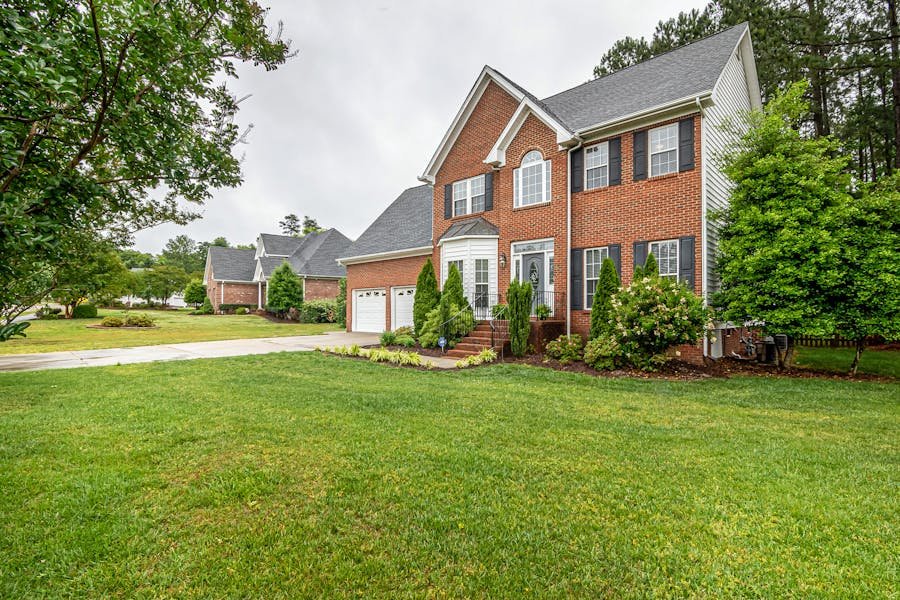
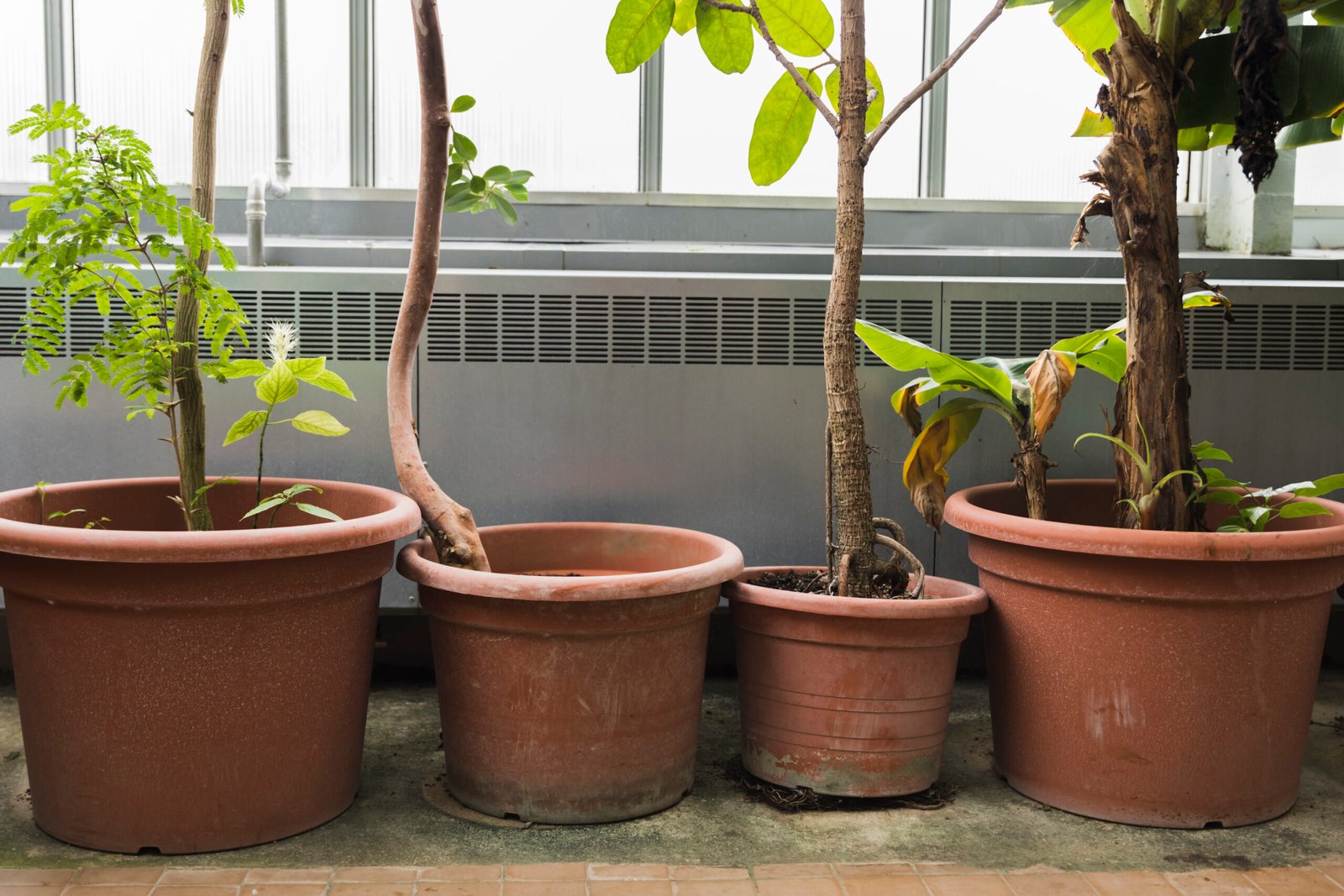
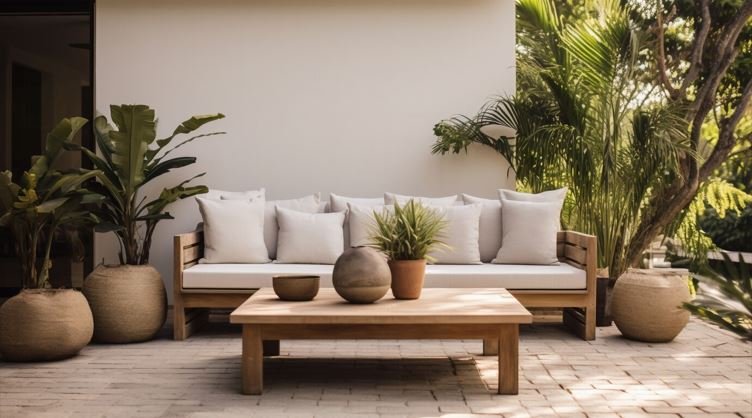

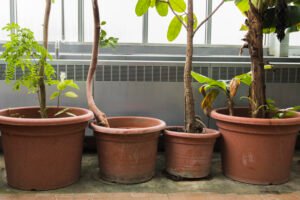

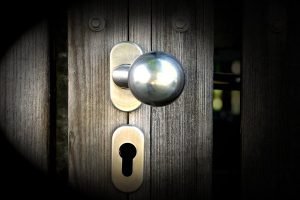
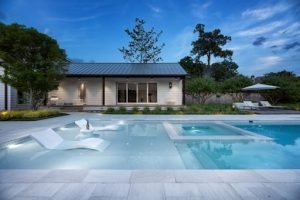
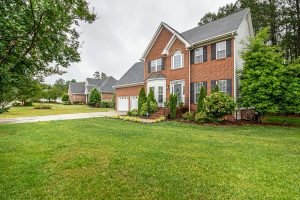
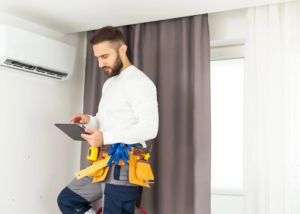

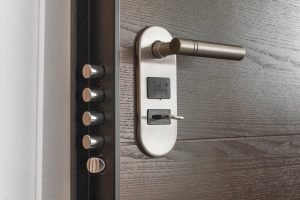
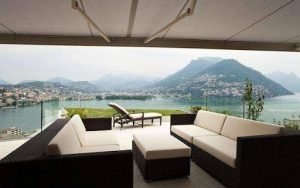

Post Comment